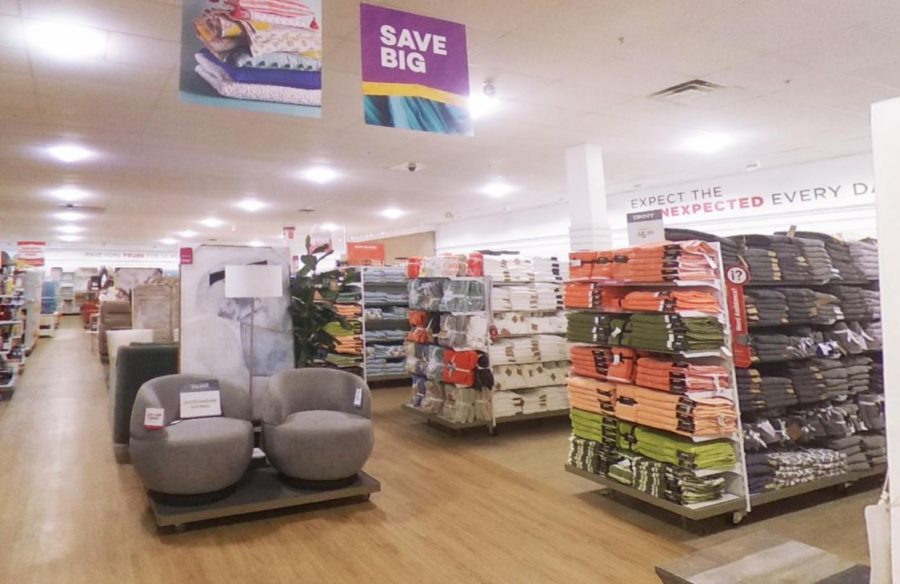
So, I’m talking to this guy who runs a smaller company selling some nice specialized products – at least he says they are nice – and he is lamenting the difficulties vendors like him have attracting attention from retailers.
At a regular, in-person market week, buyers have tight schedules, are always behind in their appointments and just generally don’t have much time for checking out new suppliers. But at online shows, like this month’s virtual Home Textiles Market, they don’t have to worry about catching cabs, getting stuck in traffic and running out of time. “Shouldn’t they be using this format to find new resources?” he asked.
Shouldn’t they indeed.
The business hand that the pandemic has dealt the home textiles industry certainly has more than its share of jokers and wild cards. Business, for the most part, is better – far better – than anyone could have hoped for…or predicted. The biggest problem for everyone is getting enough inventory to meet the demand. Whoever would have thunk it?
But it’s also created these virtual markets, which I don’t care what you say, are just not as good as the real thing. But they’re not bad and they do serve the purpose of connecting buyers and sellers. Imagine trying to function in a Zoom-less world…like two years ago, for instance.
Virtual markets also have created conditions that allow for old practices and norms to be broken and new patterns established, which is no easy task. We are all victims of old habits and the “this is the way we’ve always done it” brand of thinking. Yet, the pandemic has forced everyone – suppliers, retail[1]ers, even lowly media columnists – to learn to do things differently.
So it should be at virtual markets. We all know buyers who have practically unlisted email addresses and wouldn’t dare go check out a new resource. This time there’s no excuse. If your job is to find the best products for your store or website then that means going beyond the guys you currently buy from and seeing what else is out there. Shame on a buyer that doesn’t do this. It’s even more horrifying that senior merchandising management doesn’t make this a requirement.
Vendors can be just as guilty. I’ve actually heard suppliers say they don’t want new customers, that they are perfectly satisfied with the people who buy from them now. But what happens when Pier 1 goes bankrupt? When Bon Ton shuts down all its stores? Or Tuesday Morning reduces its footprint by a third?
Just as retailers need to search out new resources, resources need to find new customers. You never know where your next retail bankruptcy is going to come from and you better be prepared for it because, make no mistake, the next one is coming.
Like many things to do with the pandemic we’re still in the midst of, there are all kinds of game-changing situations that are causing business to be done differently. Trade shows are certainly one of them.
What’s that old saying about never failing to take advantage of a good crisis? To that I would add, never fail to take advantage of a new way to work a market week. See you out there Zooming.
Warren Shoulberg has reported on the gift and home industry for most of his career. He is often quoted in national media, such as The New York Times and CNN, and contributes to PBM publications, Forbes.com and The Robin Report.






















